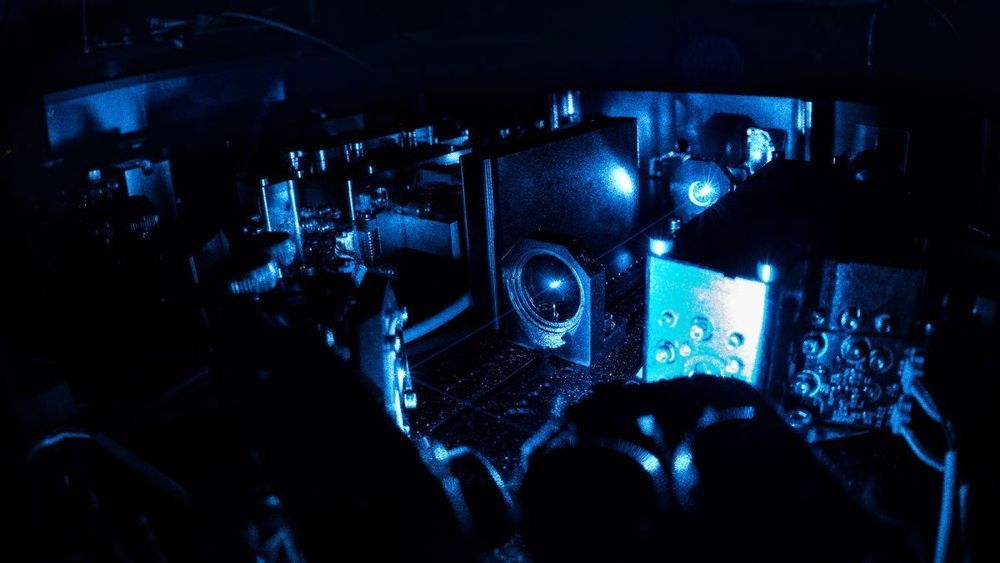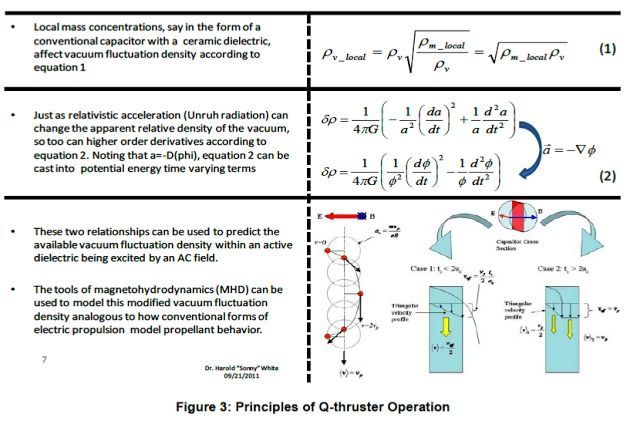Physicists at Purdue University and the University of New South Wales have built a transistor from a single atom of phosphorous precisely placed on a bed of silicon, taking another step towards the holy grail of tech research: the quantum computer.
Revealed on Sunday in the academic journal Nature Nanotechnology, the research is part of a decade-long effort at the University of New South Wales to deliver a quantum computer – a machine that would use the seemingly magical properties of very small particles to instantly perform calculations beyond the scope of today’s classical computers.
You’ve read your last complimentary article this month. To read the full article, SUBSCRIBE NOW. If you’re already a subscriber, please sign in and and verify your subscription.








